There was no reason for the world ever to hear the name Kyle Rittenhouse. Except that in the summer of 2020 the USA was staring over a precipice. The Covid lockdowns effectively ended after the killing of George Floyd by a Minnesotan policeman. Suddenly mass gatherings in the name of BLM were a public-health duty and, because it was an election year, neither Democrats nor Republicans seemed to know how to react to protests that soon degenerated into serious disorder.
For a country that is only one bad police interaction away from meltdown, it was inevitable that something would happen again. Sure enough in August a man called Jacob Blake was shot by police in Kenosha, Wisconsin. There was a warrant out for Blake’s arrest and he was shot after fighting with police, wielding a knife and having already been tasered. Though Blake was not killed, BLM and other protest movements immediately had another martyr to hold up as evidence of systemic racism in America. And once again the peaceful movements turned very violent indeed. For two nights businesses were looted and burned to the ground. ‘Fiery but mostly peaceful protests’ was how CNN captioned events as its correspondent reported from in front of the fires.
The police and national guard proved wholly ineffective at stopping this looting, and Rittenhouse, whose father lives in Kenosha, decided with a friend that they should go out and try to protect local businesses. They had spent part of the day cleaning graffiti off buildings and, as the evening came in, Rittenhouse offered to help the owner of an as yet unburned-out car lot protect his business. After being threatened and then chased by a mob, 17-year-old Rittenhouse ended up shooting three men, killing two of them. And as with everything else in America, the country promptly divided over whether Kyle was a hero or a villain.
The country’s left-wing media immediately announced that Rittenhouse was one of these fabled white supremacists we hear so much about but so little from, and that he had deliberately targeted innocent BLM protestors. The same media said he had crossed ‘state lines’ with his weapon, meaning that media and politicians who have no problem with thousands of people illegally entering the nation’s southern border had to pretend to have serious concerns about people moving around inside the country. There were other problems to get over. One was that Rittenhouse’s victims were all white. And it would be an odd sort of white supremacist who went to Kenosha to target white people. The left-wing media also had to pretend that Kenosha was at peace during the period in question and that there was no justification whatsoever for Rittenhouse or anyone else to take on the role that law enforcement abandoned during that period.
Supporters of Rittenhouse had a couple of problems of their own. One was that it was not clear why a 17-year-old from Antioch, Illinois needed to end up in Kenosha shooting two men dead. When details of the dead men came out there was better material to work with. One of them was a convicted child rapist. And neither of Rittenhouse’s victims was in any way sympathetic. In fact they were both manifestly violent — including on the night in question — and most likely insane. Still, it is not as though Ritten-house knew that one of his victims was a convicted child rapist.
For a fortnight, the trial itself beamed from screens in bars and restaurants across the country. It was clear from very early on that Rittenhouse fired that night in self-defence and in justified fear of his life. The prosecution for their part wished to claim he was the cause of the fire rather than a fire-fighter. As the jury’s deliberations went on past their first day it seemed again as though the security of a nation rested on the shoulders of men and women trying to reach a verdict based on the evidence put before them and not on the fears of what might flow from that verdict. There was talk of potential unrest if the verdict went the ‘wrong’ way. In fact the not-guilty verdicts were both predictable for anyone watching the trial and clearly insufficient to start another bout of unrest in American cities.
For America today is a country where the identities of people matter more than anything else. If Rittenhouse had shot three black men then his acquittal may have led to riots. The former paper known as the Independent got around this problem by claiming in an online headline that Rittenhouse had ‘shot three black men with rifle’. Other media were happy to mislead their consumers in similar ways. And in its way it is perfect.
For in such cases anybody can be whatever you want them to be. Convicted paedophiles, armed with guns, stalking around Kenosha threatening to shoot people can be turned into ‘peaceful protestors’. White men can be made black. Fires that burn on camera for all to see can be erased from the collective memory. A thug can be turned into a martyr. And a naive young man can be turned into a stormtrooper of white supremacy.
As the Rittenhouse case was going on I happened to take a brief swing through Ferguson, Missouri. Ferguson was the scene of the shooting of Michael Brown in 2014 when BLM protestors claimed Brown had his hands in the air and shouted ‘Hands up, don’t shoot’ as he was shot. It later transpired this was untrue. Brown had been robbing a store and lunged for the arresting officer’s gun when confronted. But the lie went around the world and the crowds came out in Ferguson. The town they burned has stayed burned, by the way, with huge lots sitting like missing teeth in the areas the rioters moved through. The American media and political activists move on, but the places riddled by the lies they leave behind do not.
Got something to add? Join the discussion and comment below.
Get 10 issues for just $10
Subscribe to The Spectator Australia today for the next 10 magazine issues, plus full online access, for just $10.
You might disagree with half of it, but you’ll enjoy reading all of it. Try your first month for free, then just $2 a week for the remainder of your first year.


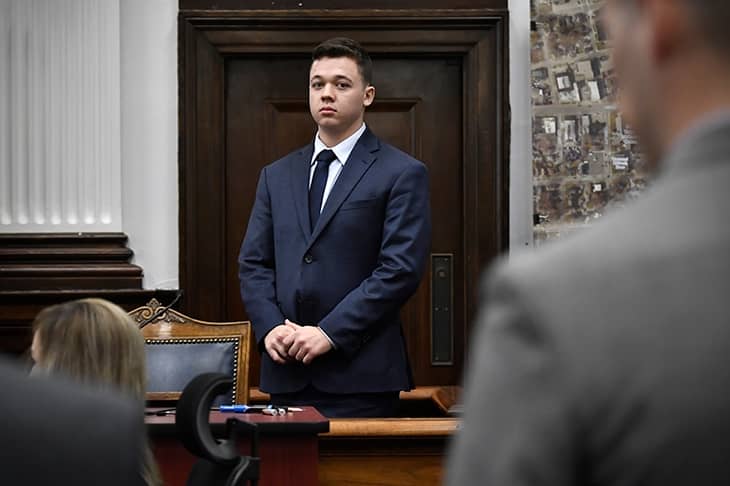
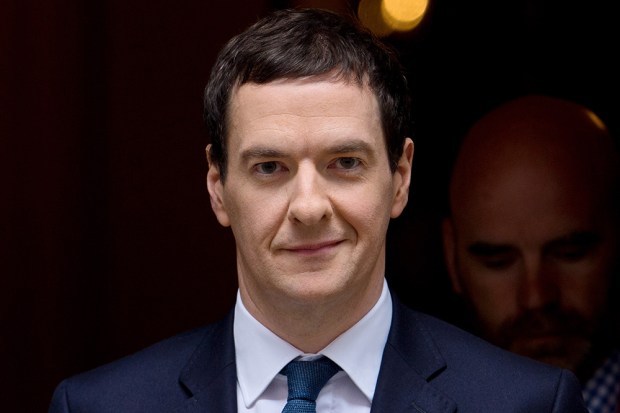
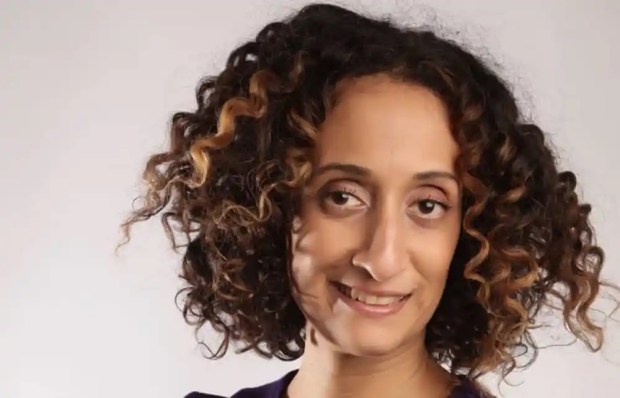
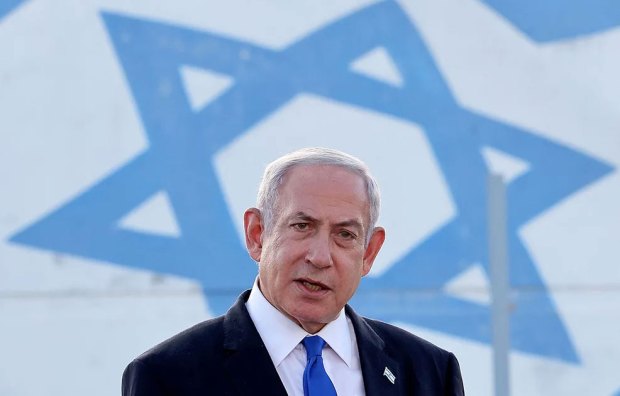
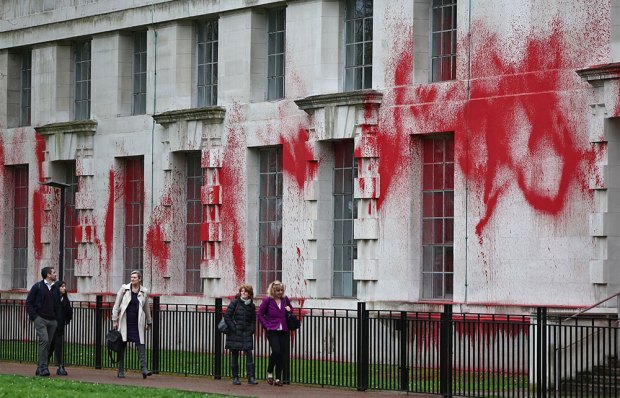
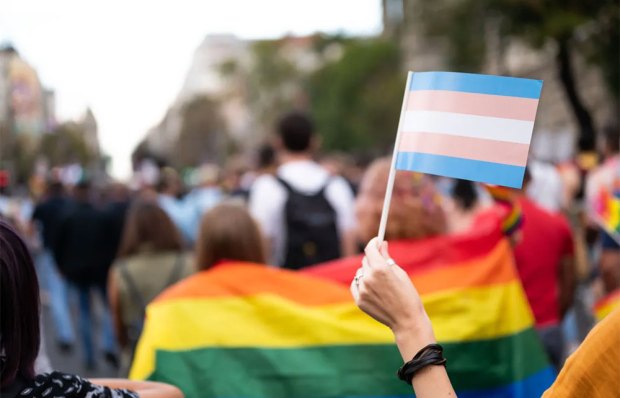
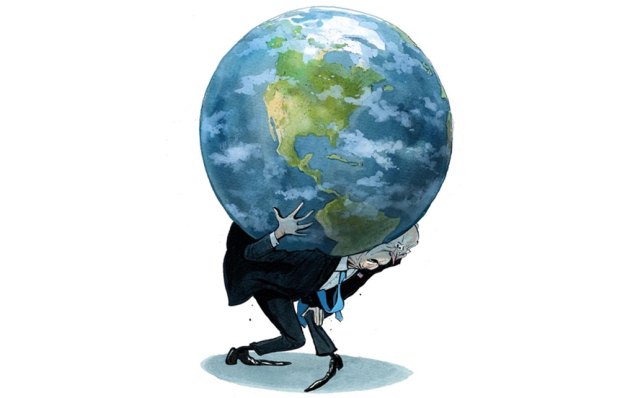






Comments
Don't miss out
Join the conversation with other Spectator Australia readers. Subscribe to leave a comment.
SUBSCRIBEAlready a subscriber? Log in